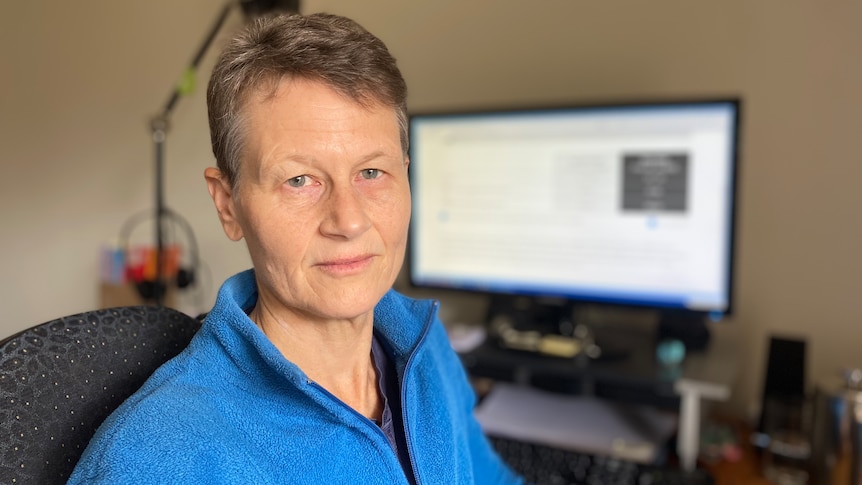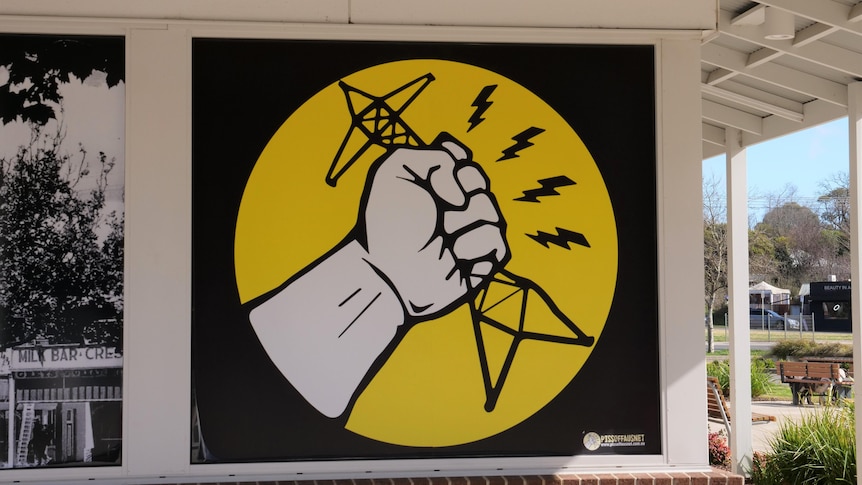Natalie, from Tweed Heads in northern New South Wales, has cut her electricity usage to the bare minimum.
“I don’t run a heater, I rug up … I don’t have a telly and I’m very careful about closing all the curtains,” she said.
“I’m doing pretty much as much as I can to reduce my electricity.”
Natalie is on a disability pension, so money is tight.
Like many people, she recently received notice that her electricity bill will be going up.
The usage component of her bill is only going up to a few cents, but the fixed rate part — the daily supply charge — is going up to 43 per cent.
“I understand everyone is getting a price increase,” she said, “but it just feels a little bit unfair that they’ve put so much on the daily rate.
“I can’t reduce my electricity consumption to reduce the daily rate.”
The New South Wales Energy and Water Ombudsman, Janine Young, said every customer would be seeing price increases.
“Some energy retailers are saying [it will be] as much as 20-30 per cent more,” she observed.
Wholesale prices are at record highs, tripling in the three months to June, compared to the same time last year.
The Australian Energy Market Operator (AEMO) said it was because of high commodity prices, coal-fired power outages and a cold east coast winter.
However, Ms Young argued, those increases should flow through to the usage charge — the cents-per-kilowatt on a customer’s bill — instead of the fixed daily supply charge.
“Retailers can charge an additional amount in that fixed part of your bill. And that’s not price-capped [in NSW],” Ms Young explained.
“It could be that some retailers are increasing that element to offset the wholesale price increases that they’re wearing.”
Different states and territories regulate energy prices differently, observed the Australia Institute’s climate and energy director, Richie Merzian.
“The regulated daily supply charges are in Western Australia, Northern Territory and regional Queensland. For Victoria, New South Wales and the Australian Capital Territory, that price can float and can continue to go up,” Mr Merzian said.
Energy market ‘struggling with its own resilience’
The peak body representing power companies, the Australian Energy Council (AEC), has defended the price hikes.
“We’re seeing a lot of reforms happening in the energy market, a lot of pressure on retailers and they need to recover their costs through bills,” AEC chief executive Sarah McNamara said.
For much of the east coast, the energy regulator sets a default market offer (DMO), which acts like a fall-back plan for customers who have not actively chosen a retailer.
Retailers are required to list this price on a customer’s bill.
The DMO usually acts like a price ceiling and retailers compete for customers by offering deals cheaper than that.
However, now, some electricity retailers are offering plans that are more expensive than the default market offer.
“We are seeing competition,” Ms McNamara said.
“But it is a market that is struggling with its own resilience in an environment of rising costs and shrinking margins as well.”
In a remarkable move, a number of small electricity companies have told their customers to go elsewhere, or face a huge hike in their power bills.
Sign up for the Your Money Explained newsletter
It is not profitable for some to continue to service customers and four small companies have already collapsed.
“What we’re seeing already is that there is further concentration in the market,” Mr Merzian said.
“That means there’s less opportunity to shop around and find cheaper electricity prices.”
The competition watchdog is monitoring retailer pricing and will provide an update to energy ministers later this month.
.

